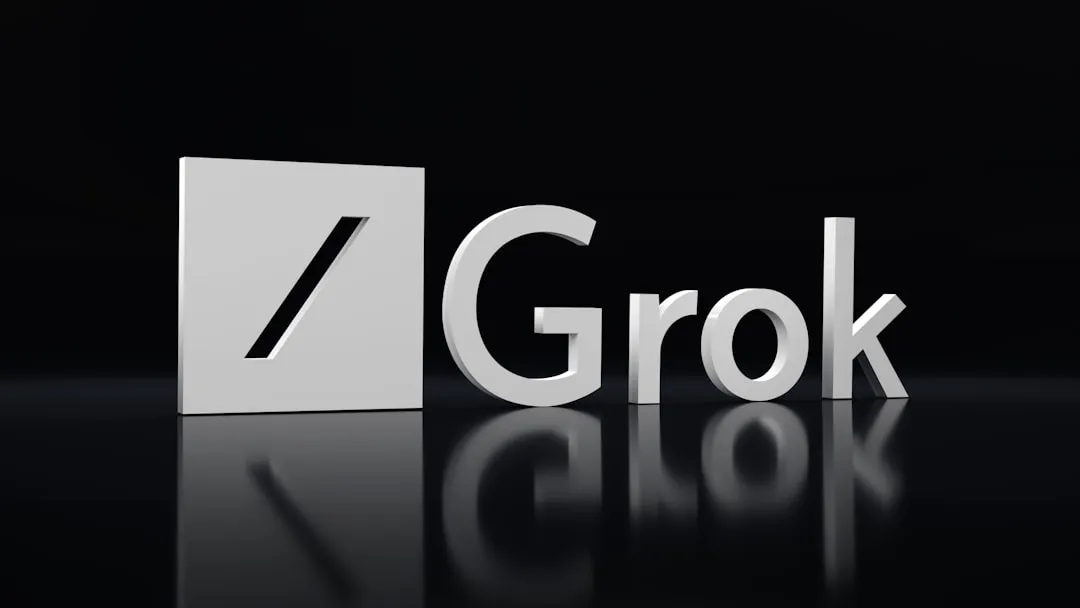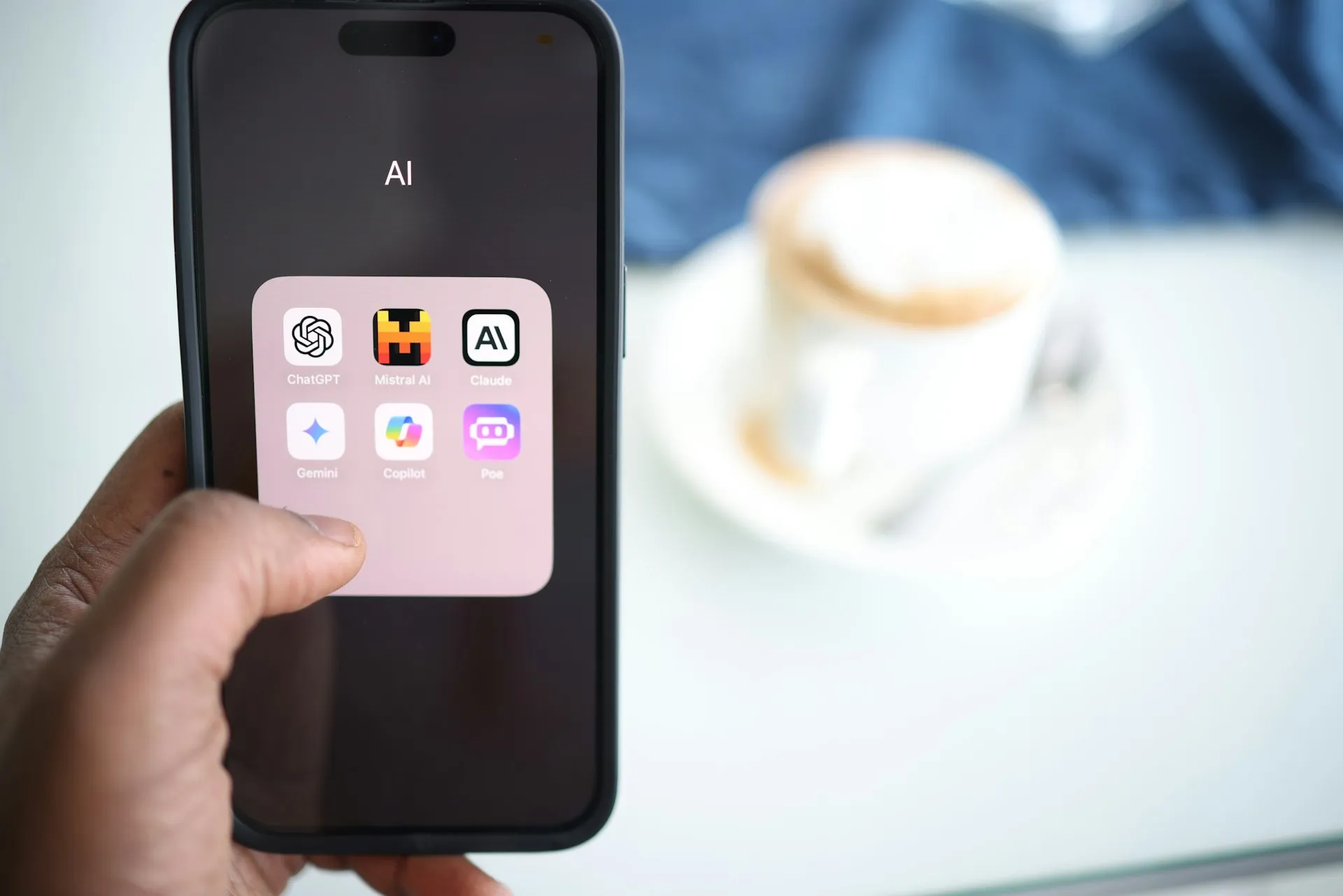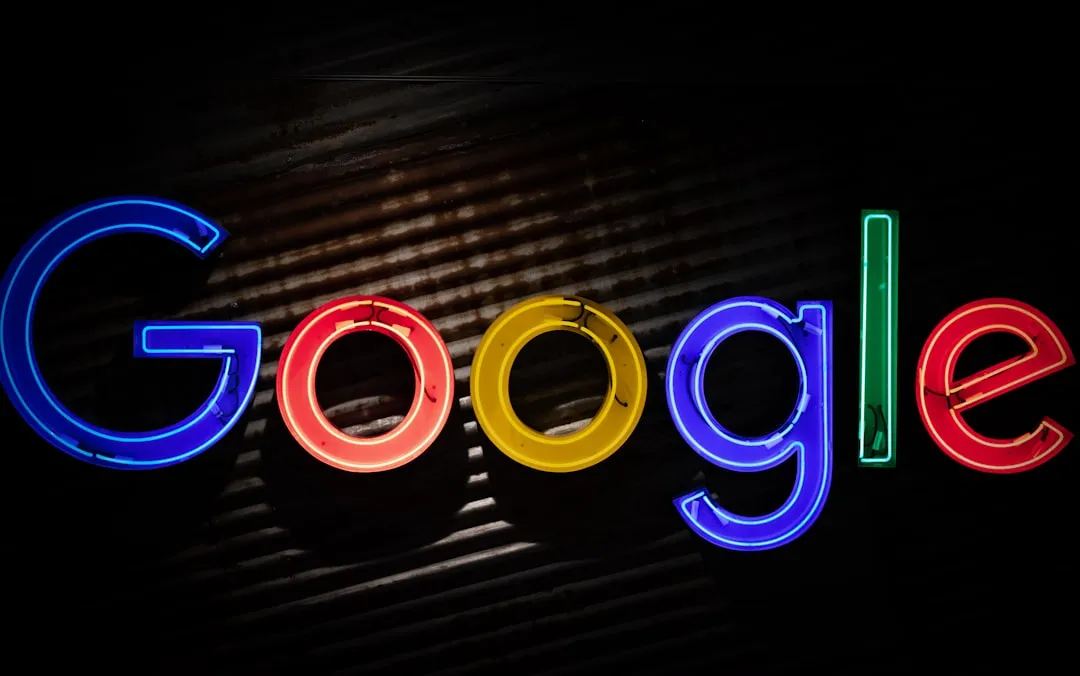Reviewed by Corey Noles
When you wake up to news that shakes the very foundation of how AI development works, you know something big has happened. That's exactly what occurred when xAI announced that Grok 2.5 is now open source. This isn't just another tech company making a strategic move—it's a fundamental shift that could reshape how we approach artificial intelligence development, collaboration, and accessibility.
What makes this announcement particularly striking is the boldness of it. While most AI companies treat their models like closely guarded secrets, xAI has taken the unprecedented step of making their source code available on platforms like Hugging Face. Here's the thing though—Grok 2.5 was xAI's most advanced model before Grok 4 entered the picture. This commitment signals xAI's bet that community-driven development will accelerate AI capabilities faster than closed-door approaches—a strategy that could force industry-wide changes.
What this open-source release actually means for developers
Let's break down what we're actually dealing with here. The technical specs are genuinely impressive—we're looking at a 314 billion parameter model equipped with MoE (Mixture of Experts) layers that's now freely available under the Apache 2.0 license. The Apache 2.0 license offers something that developers have been craving: commercial freedom, customizability, and collaborative growth opportunities.
These licensing freedoms become meaningful when you consider what the underlying architecture enables. With 314 billion parameters organized in a sophisticated MoE structure, developers gain access to capabilities that were previously exclusive to major tech companies. Developers can freely download, run, and tweak this model to meet their specific needs. We're talking about 64 transformer layers, multihead attention architecture with 48 heads for queries and 8 for keys/values, and a tokenizer vocabulary of 131,072. For context, each transformer layer comprises a multihead attention block and a dense block, with the model intelligently selecting 2 out of 8 experts for each token.
But let's be honest about the practical requirements here. You're going to need a high-end GPU capable of handling those 314 billion parameters. This isn't something you can run on your laptop during lunch break. However, once you've got the infrastructure in place, the possibilities become genuinely exciting—from building specialized domain models to creating entirely new applications that leverage this level of language understanding.
The fine print: licensing restrictions that matter
Before you start dreaming about building the next ChatGPT competitor, there's a crucial detail that needs attention. Grok 2.5's open-source license prohibits using the code to train, create, or improve other AI models. This restriction is clearly designed to prevent direct competitive misuse while still promoting innovation and collaborative development.
This licensing approach could establish a new category of "controlled open-source" that other AI companies might adopt—offering transparency while maintaining competitive moats. You can modify the model, use it commercially, and distribute it freely, but you can't use it as training data for competing models. Some critics argue that these restrictions might hinder collaborative progress and derivative development, and honestly, they have a point.
However, xAI's strategy aims to safeguard its core technology while still promoting transparency and collaboration. It's a compromise that allows the company to maintain some competitive advantage while contributing meaningfully to the open-source community. This delicate balance could very well influence how other AI companies approach their own open-source releases in the future.
How this stacks up against the competition
The contrast with industry giants is stark and deliberate. While OpenAI provides models primarily through API access, keeping the bulk of their model code proprietary, xAI is taking a fundamentally different philosophical approach. xAI's approach represents a departure from the norm of restricting full access to advanced AI models.
The timing here is particularly strategic and worth noting. Nearly two-thirds of large language models released in 2023 were open-sourced, indicating that xAI isn't pioneering this trend but rather aligning with a broader industry movement. What's compelling about this is that open-source models often evolve more quickly than their proprietary counterparts because they can tap into the collective expertise and creativity of the entire developer ecosystem.
Adding to this momentum, Elon Musk announced that Grok 3 will be open-sourced within the next few months. The business case seems solid too—open-source adopters see a 51% return on investment compared to 41% for companies using proprietary solutions. These numbers suggest xAI isn't just following a trend—they're positioning to capture the economic advantages of open-source adoption while competitors remain locked in proprietary approaches.
What this means for the future of AI development
The implications of this move extend far beyond just one company's business strategy. xAI's decision could influence debates about transparency and governance in AI development at an industry-wide level. When a model of this caliber becomes freely available, it fundamentally lowers barriers for startups and researchers, potentially accelerating innovation across the entire ecosystem.
The democratization aspect is particularly compelling from multiple angles. Many organizations prefer open-source AI tools because they can run them locally, which addresses critical concerns about data privacy and security. This tackles one of the major hesitations enterprises have had about AI adoption—the reluctance to send sensitive data to external APIs controlled by third parties.
Perhaps most importantly, open-sourcing enables robust community engagement and provides mechanisms to address issues like biases and ethical concerns through collective scrutiny and improvement. This collective scrutiny operates through multiple channels—from academic researchers identifying bias patterns to enterprise developers contributing security patches—creating a multi-layered validation system that no single company could replicate internally.
Where do we go from here?
The release of Grok 2.5 as open source represents more than just a technical milestone—it's a statement about the future direction of AI development and corporate responsibility in the space. xAI's strategic shift toward openness contrasts sharply with other industry leaders and could very well reshape industry standards and expectations.
Looking ahead, the company's commitment seems genuine. xAI plans to release Grok 3 as open source, which may establish a precedent for subsequent versions and encourage other companies to follow suit. xAI is essentially betting that transparency and community involvement will ultimately lead to better, more trustworthy AI systems than the current closed-door approach.
The real test will be watching how other major players respond to this move. If they follow xAI's lead, we could witness an acceleration in AI capabilities that benefits everyone—researchers, developers, businesses, and ultimately end users. If they don't, xAI might find itself with a significant advantage in attracting top developer talent and community support. Either way, the landscape has fundamentally shifted, and the ripple effects will likely influence the industry for years to come.










Comments
Be the first, drop a comment!